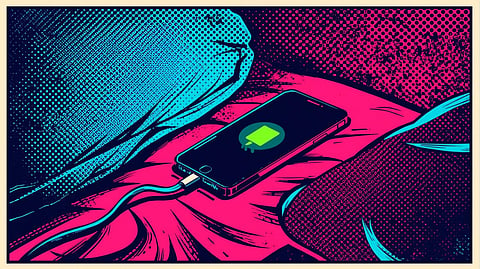

Contrary to popular belief, you don’t need to let your device’s battery die before recharging. Modern lithium-ion batteries operate best when kept between 20% and 80% charge. Fully discharging can actually harm battery health. This article busts the myth, explains battery science, and offers tips to maximize your gadget’s battery lifespan.
For years, many users believed that letting their device’s battery completely die before recharging would prolong battery life. This myth originated from older nickel-cadmium (NiCd) batteries, which suffered from a “memory effect” causing reduced capacity if not fully discharged. However, modern gadgets predominantly use lithium-ion batteries, which function very differently.
Lithium-ion batteries do not require full discharge cycles to maintain capacity. In fact, fully draining a lithium-ion battery frequently can strain the battery and reduce its overall lifespan. Manufacturers generally recommend keeping the battery charge between 20% and 80%. Charging your device before it completely dies helps maintain optimal battery health.
Scientific studies confirm that partial charging and avoiding deep discharges extend lithium-ion battery longevity. The battery’s chemistry involves lithium ions moving between electrodes, and deep discharges can cause chemical reactions that degrade the battery over time.
Additionally, charging habits such as avoiding extreme heat, not overcharging overnight excessively, and using proper chargers contribute to battery health. Modern devices also include smart charging management systems to protect the battery.
In summary, there is no need to wait for your battery to die before recharging. For best results, plug in your device when the battery dips to around 20% and unplug before it reaches 100% whenever possible. These practices will help your device’s battery last longer and perform better.
Remember, myths from outdated technologies do not apply to modern gadgets. Understanding your battery’s technology is key to smarter, more efficient charging.
